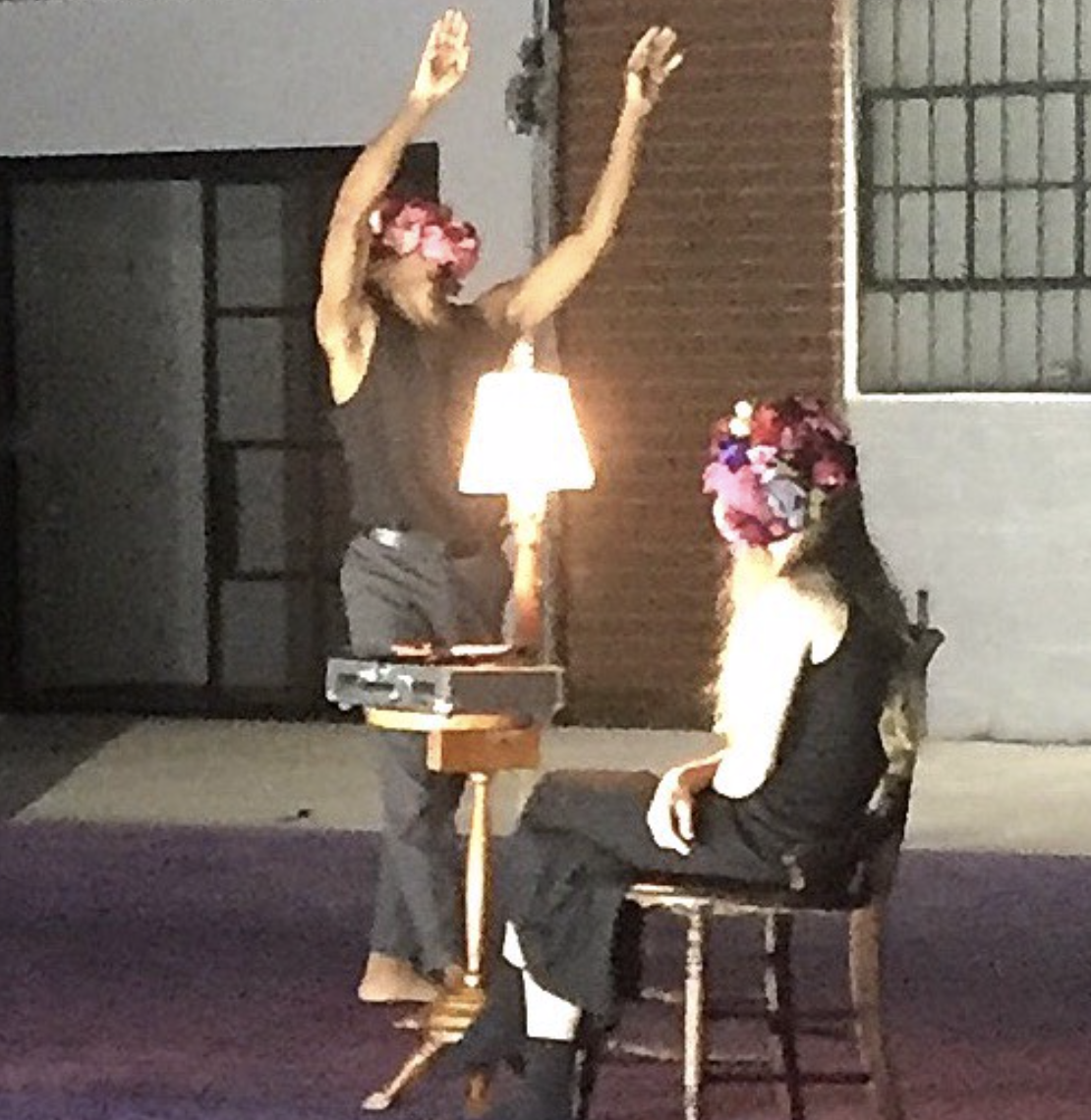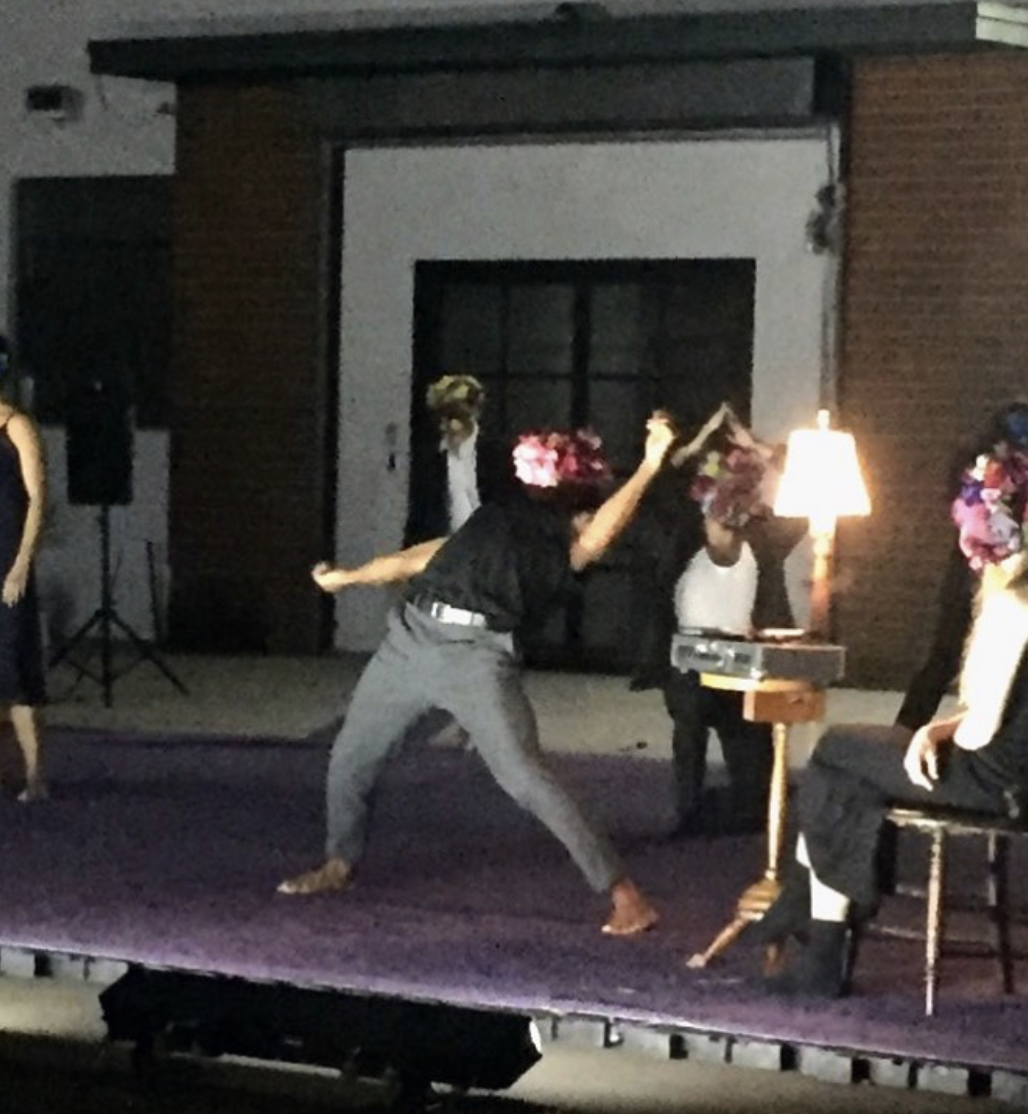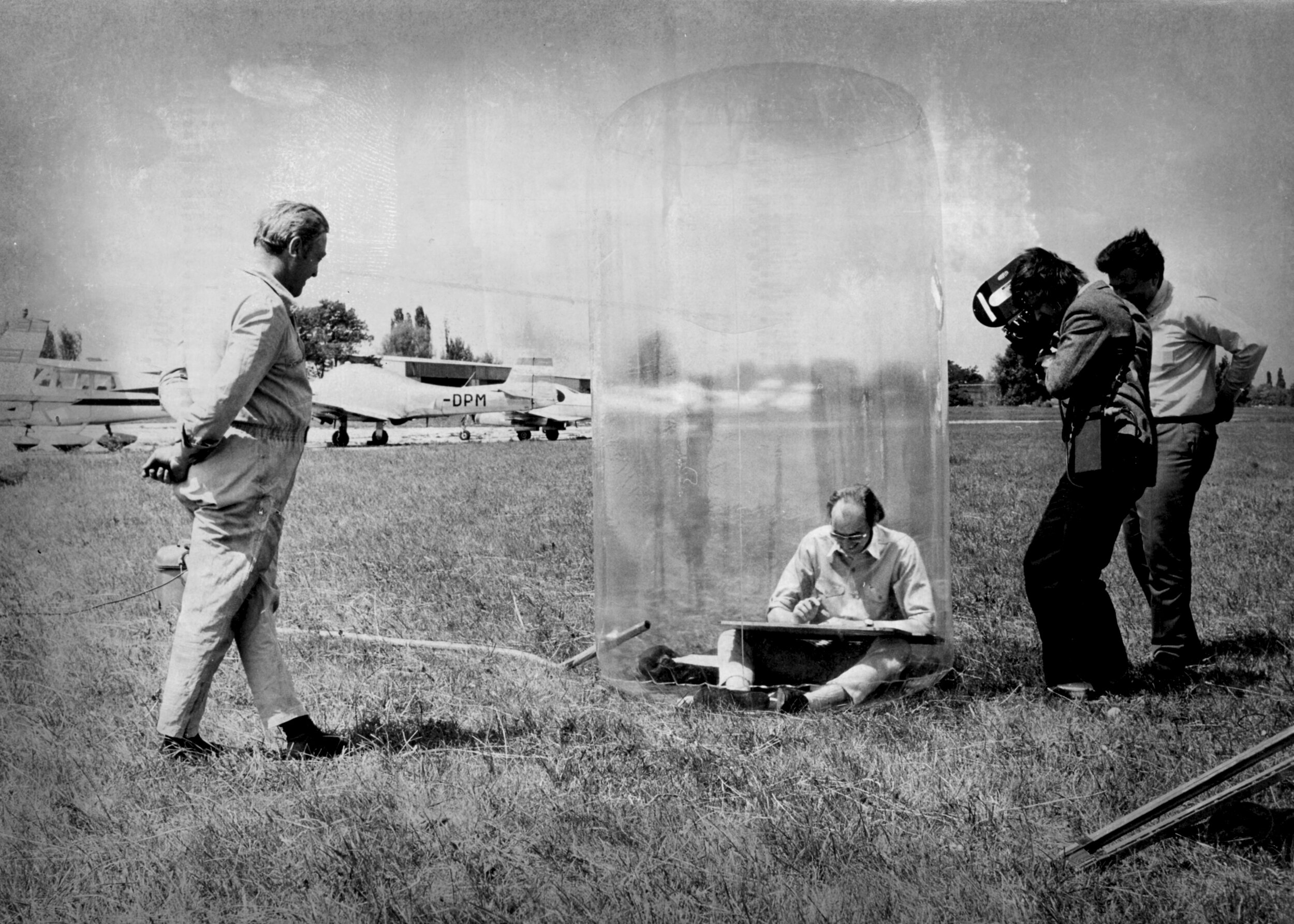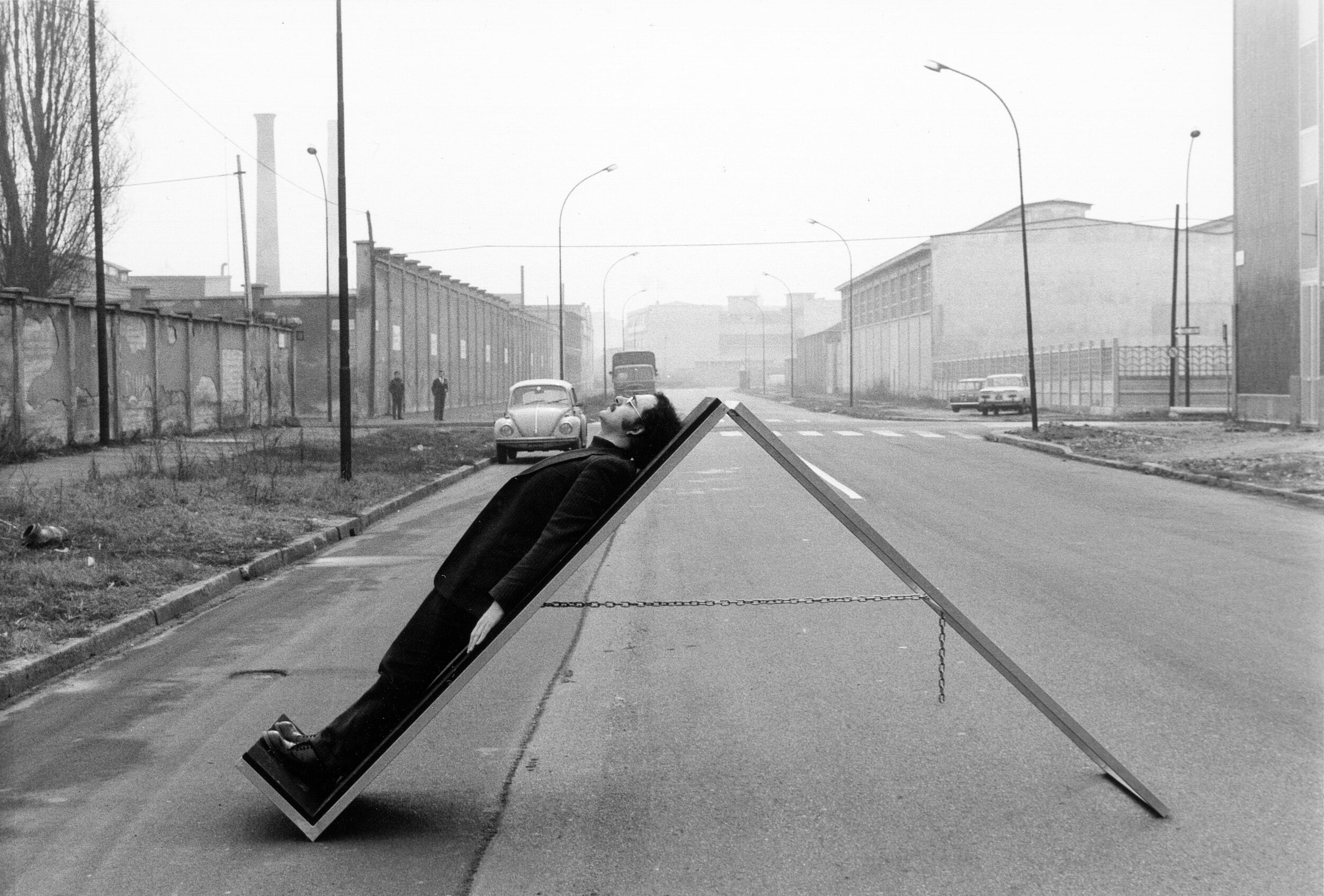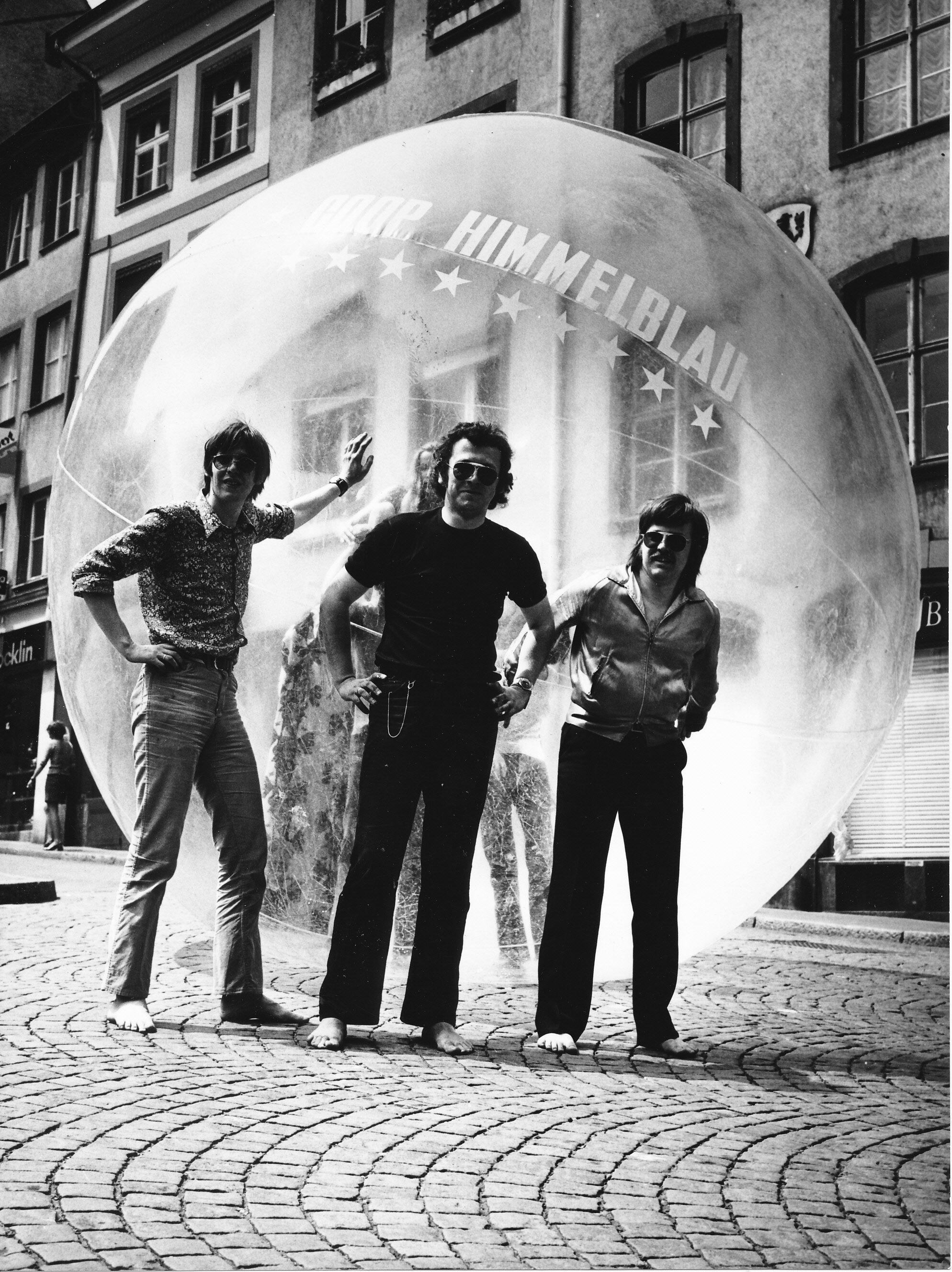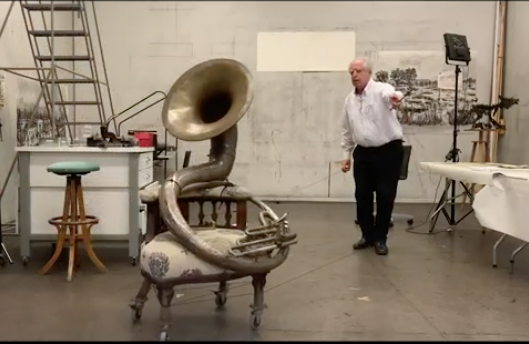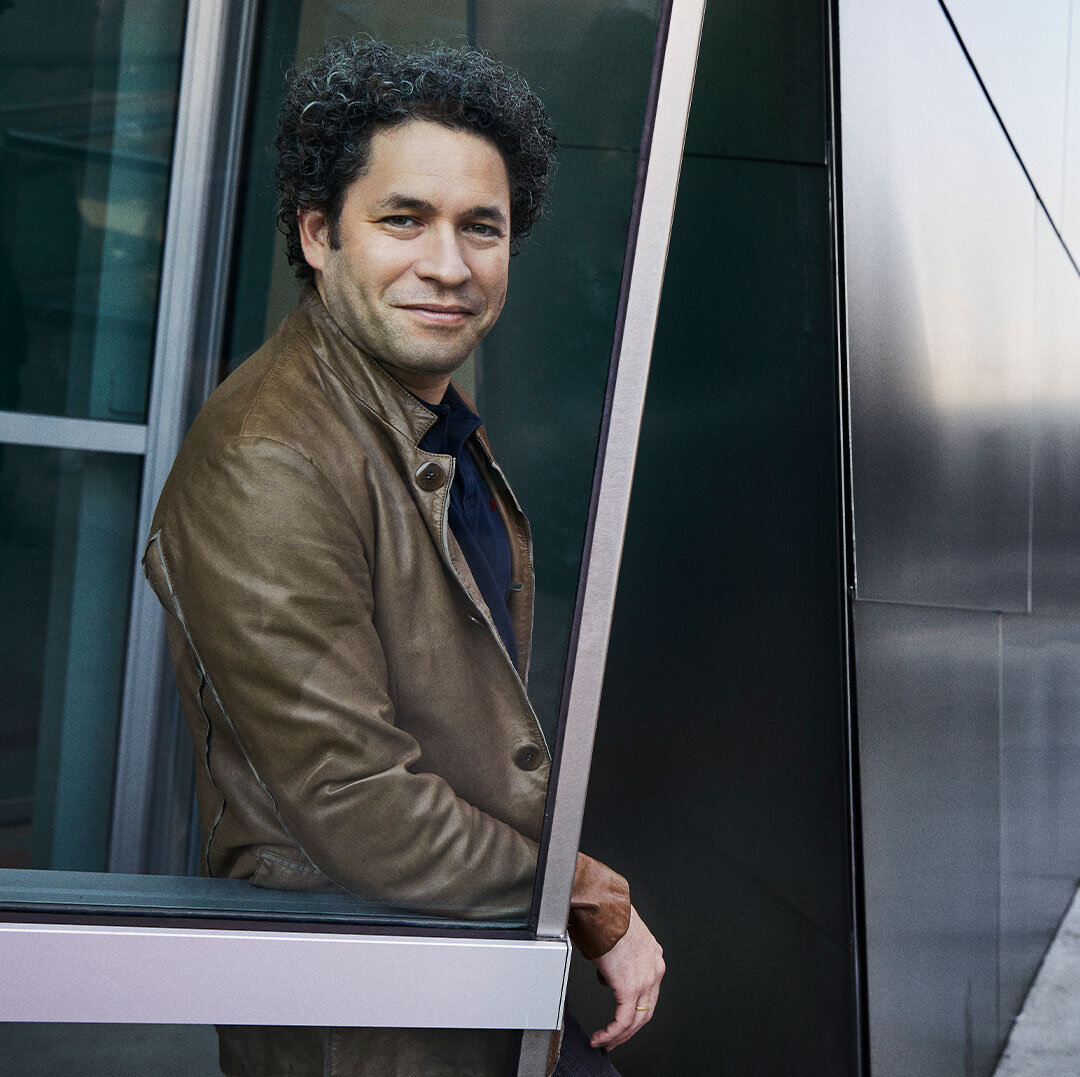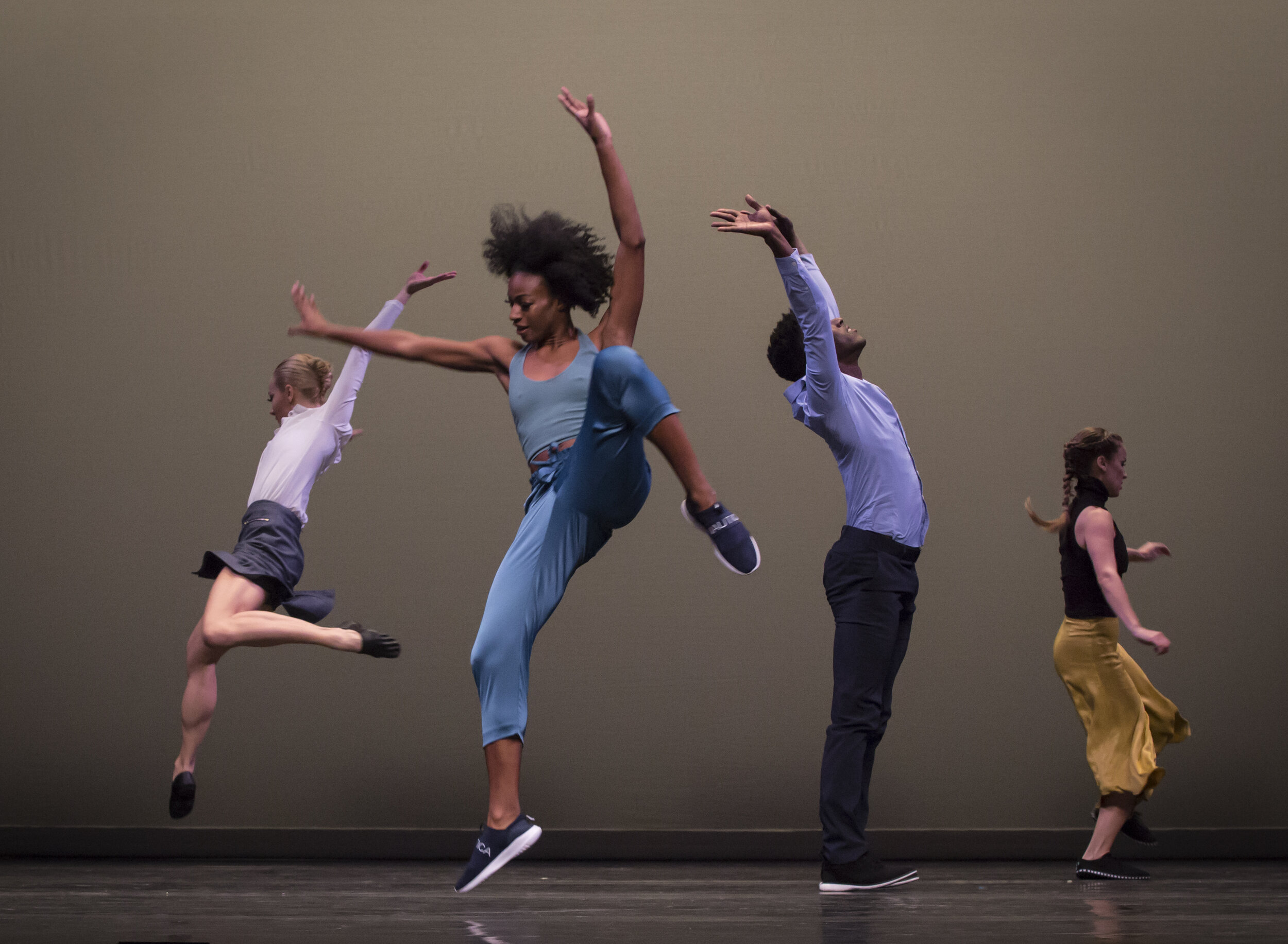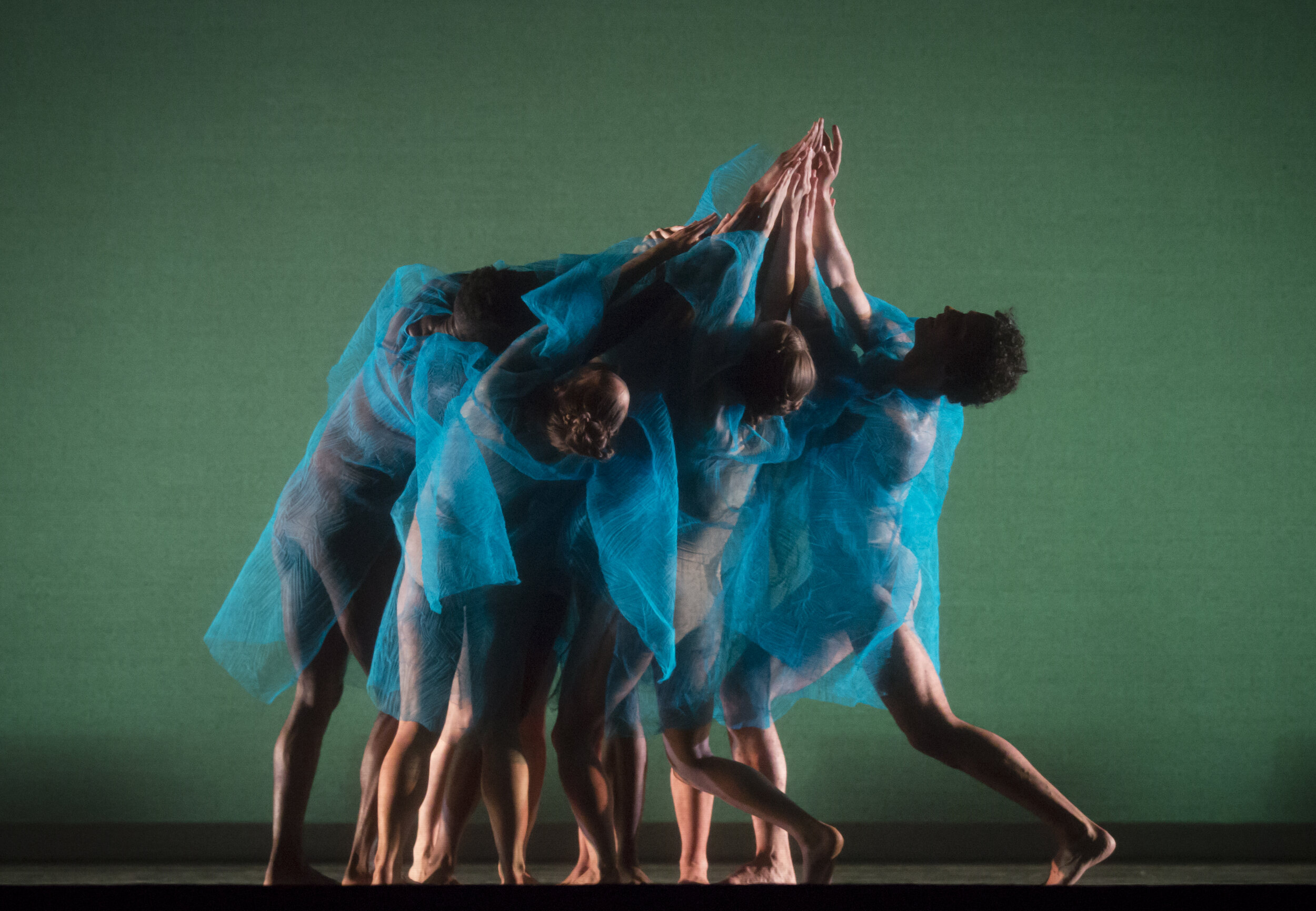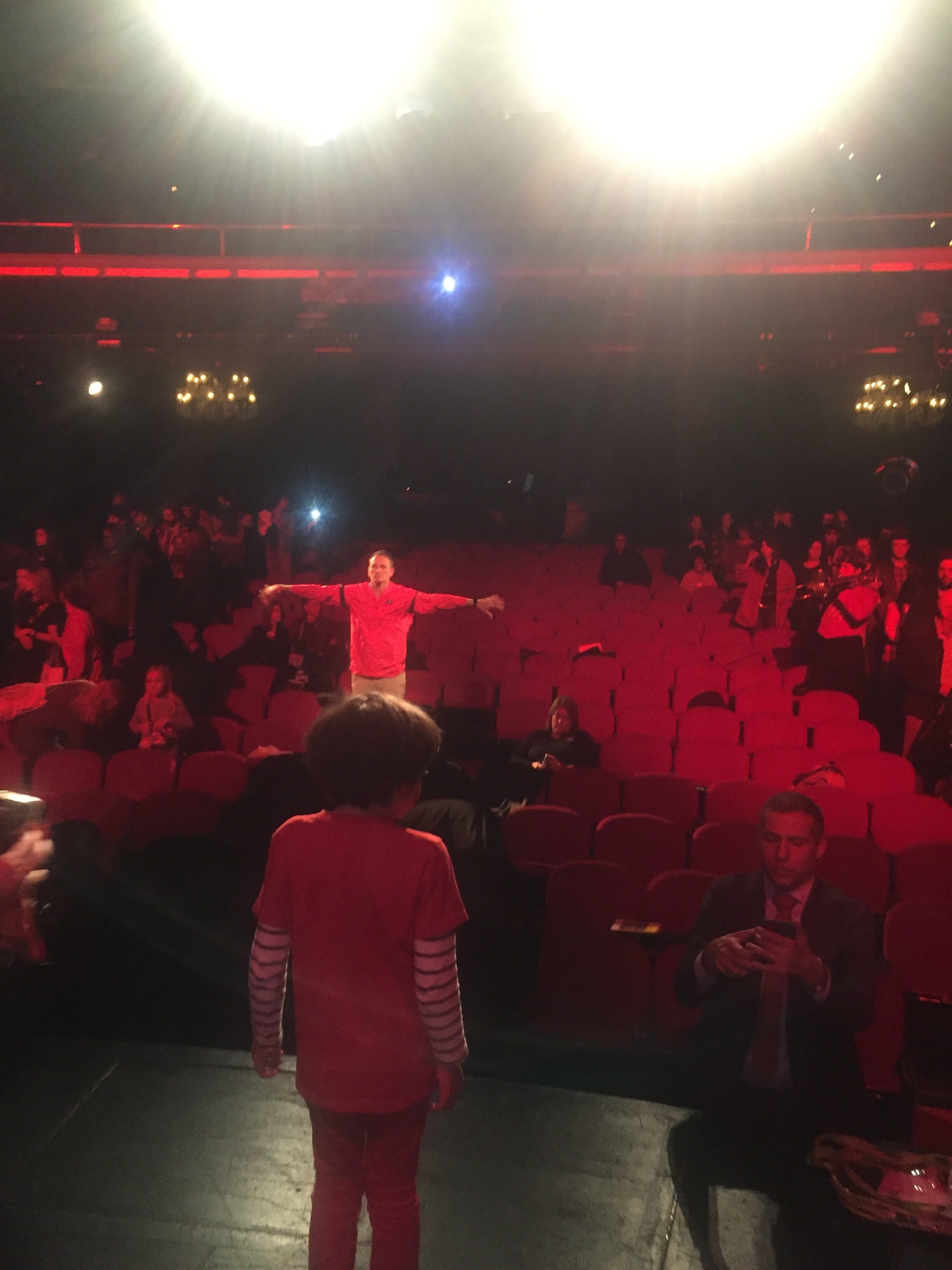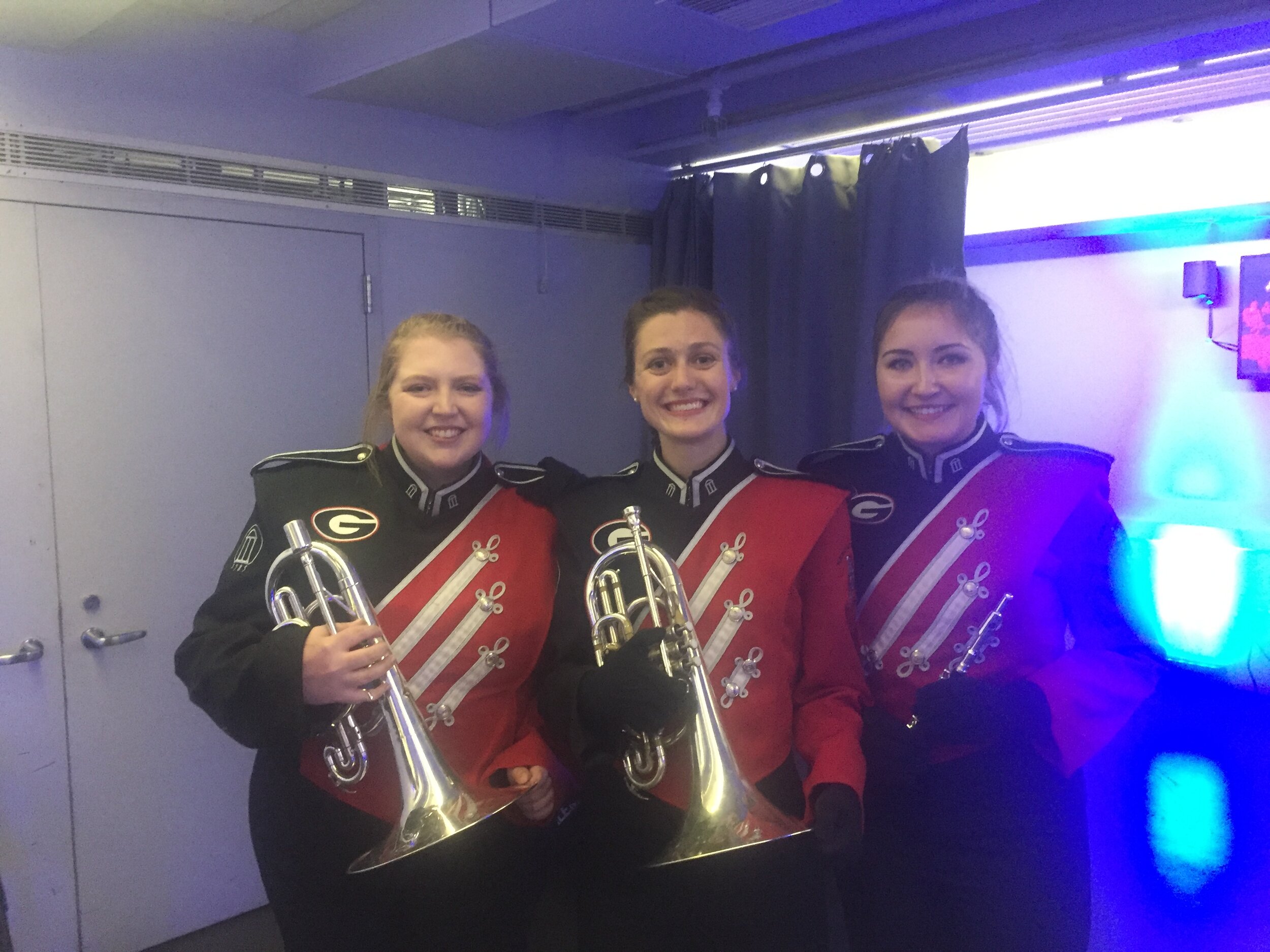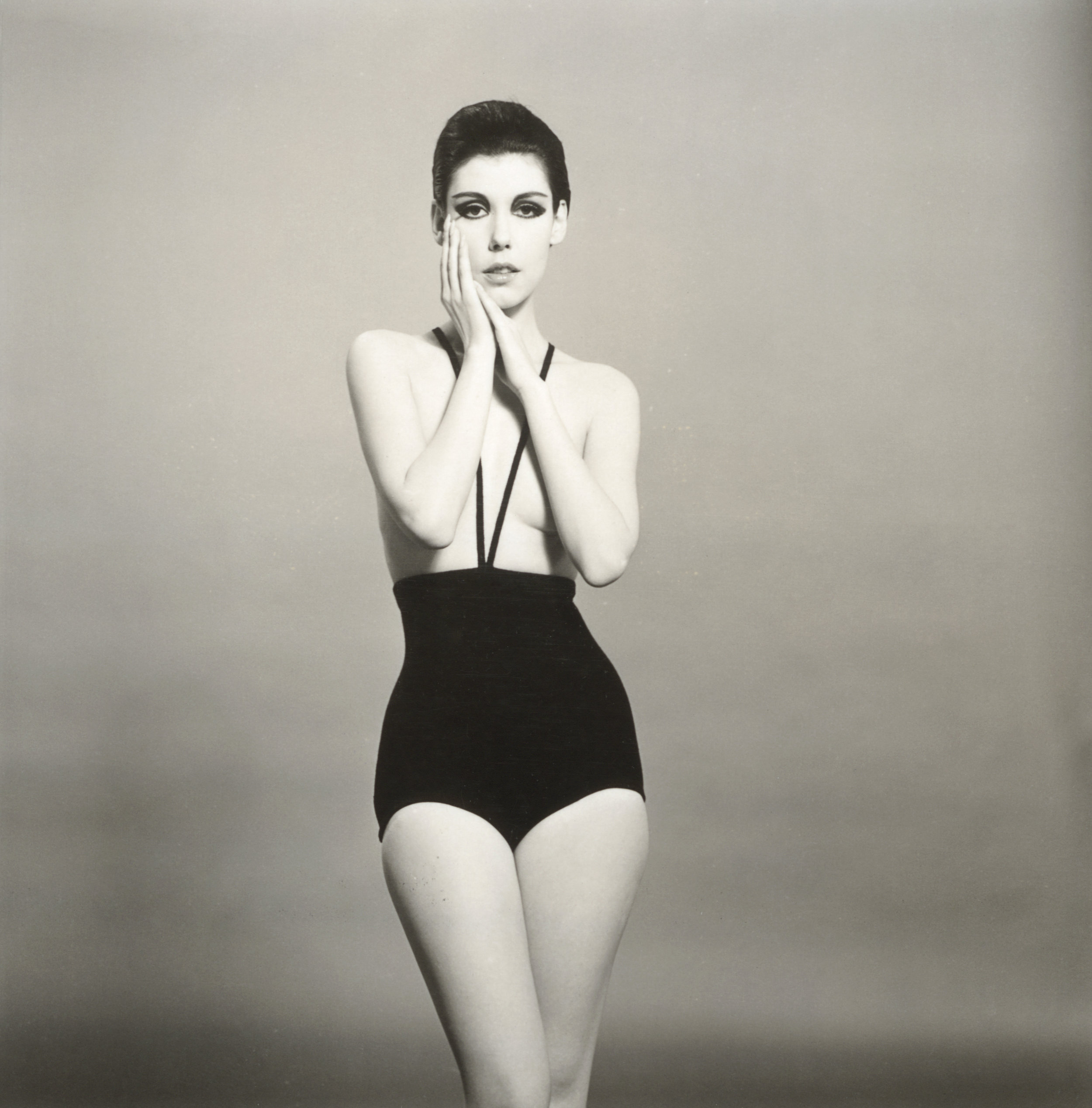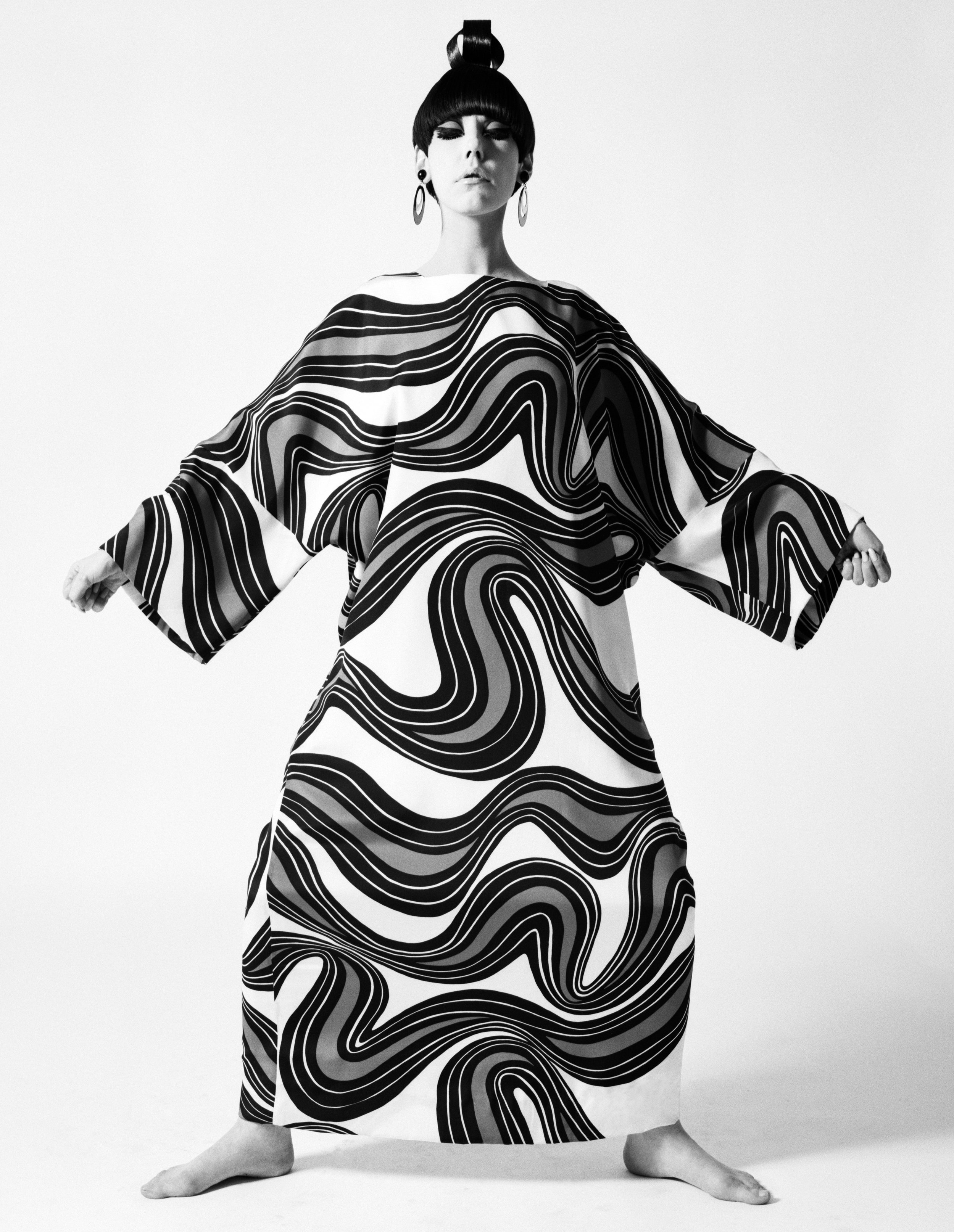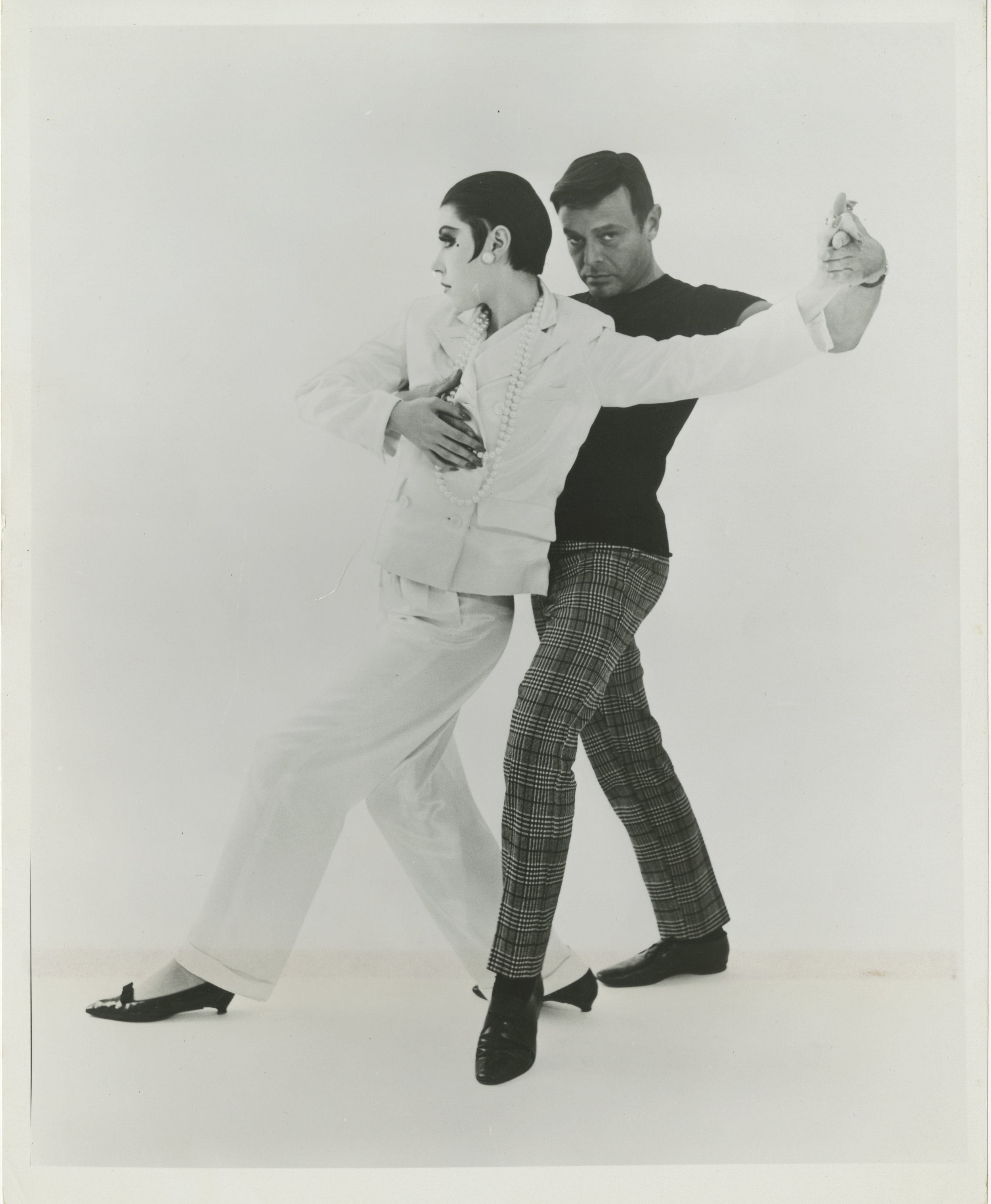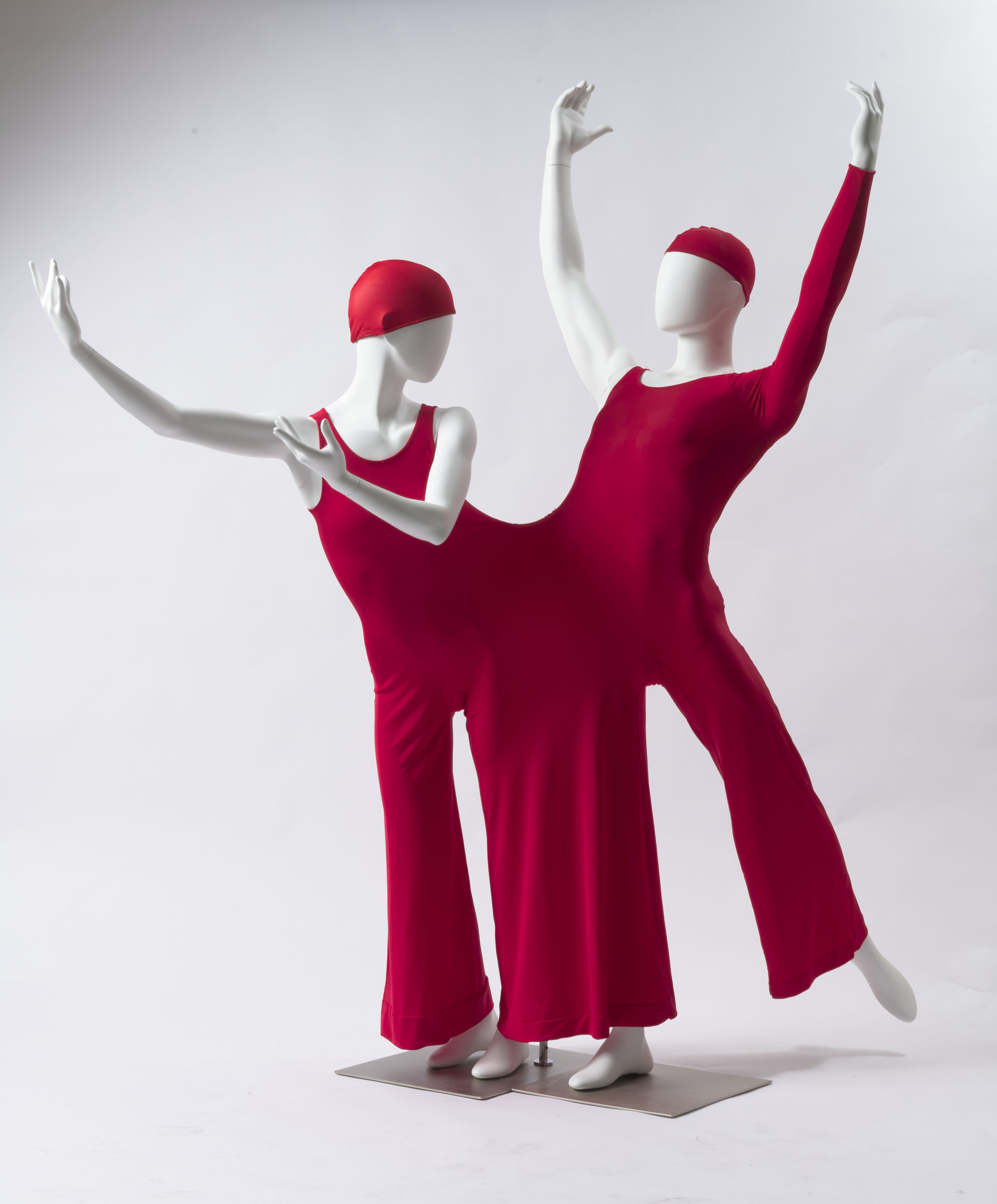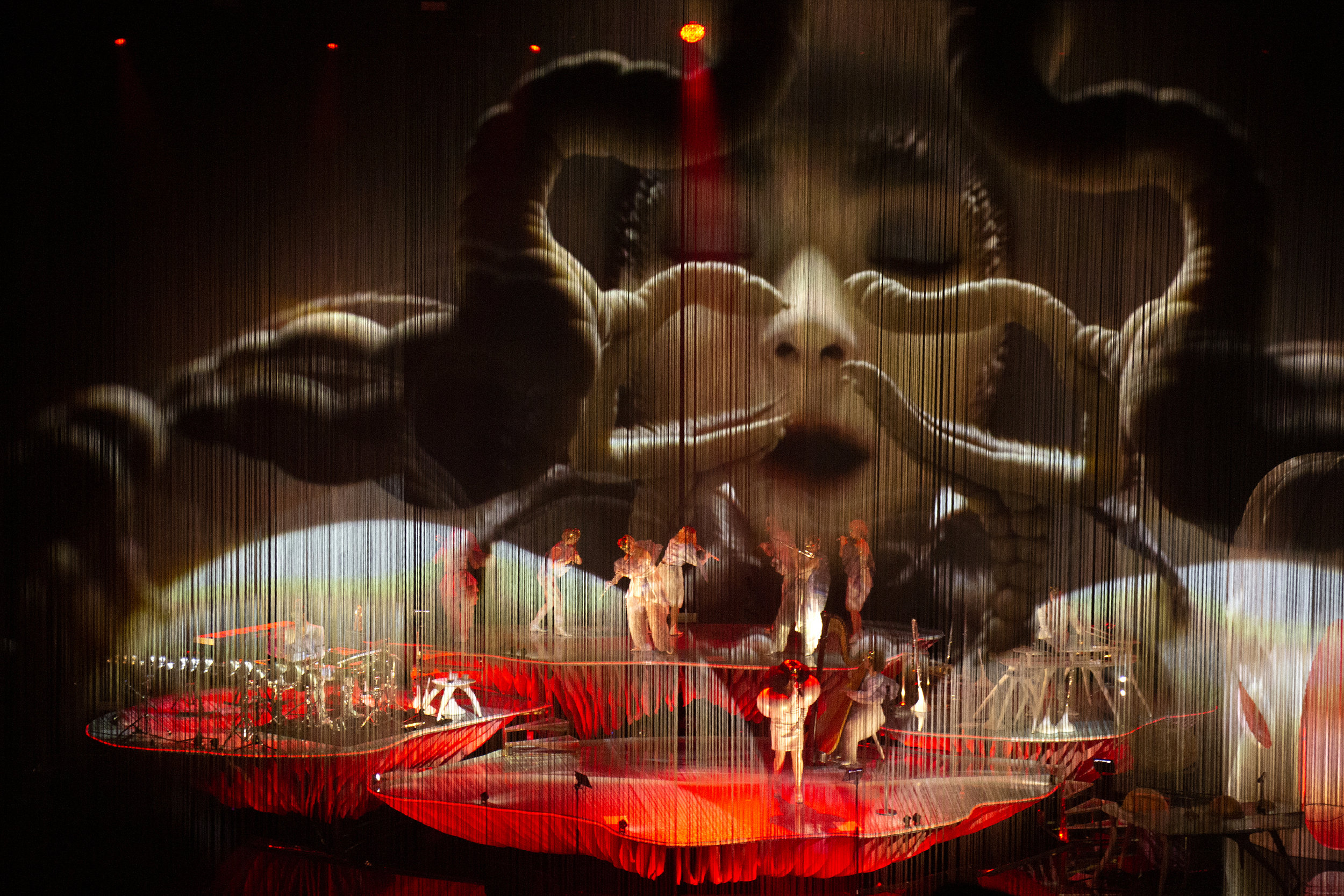Rumors by Fleetwood Mac was released on July 11, 1975. Lindsey Buckingham and Stevie Nicks were already on the outs-she had left him-and Christine and John McVie were also split but the band rented two houses in Sausalito to work on the album anyway and the rest is history. Sometimes in dissonance there is assonance. For a very cool insider view of the track “Go Your Own Way” listen to Song Exploder podcast episode 150 in which Lindsey Buckingham recounts the genesis of this song and album. For my money “Landslide” is still the track with the most poignancy. But then I’m a sucker for break-ups and lost loves.
Drive in Dances
Last night, an act of true bravery occurred: despite Covid, despite the thick layer of toxic smoke that covered the entire metro area, Benjamin Millepied's LA Dance Project premiered their series of Drive in Dances with Bobbi Jene Smith's -- in collaboration with Or Schraiber-- Solo at Dusk, a second time, in my experience, of dance being presented in a parking lot. The first was Benjamin's very engaging Romeo and Juliet at the Hollywood Bowl last summer which ranged throughout the open air theater to the stacked parking lots that surround the Bowl.
This was different. Smith and Schraiber who both have some Batsheva roots in their bios took 7 dancers and in a fusion of ritualistic, animalistic, futuristic and ballroom choreography made magic on a purple carpet outside the rear of the LADP studios. Nine cars are permitted at each performance (two different series over the next weeks) and even as some patrons drank wine and ate their dinners in their hermetically sealed cars, there was still an intense hush over the space as the electric lights made for some serious Gregory Crewdson-style imagery. A record provided the original score by Alex Somers (you could listen on your radio or crack the window) and the huge flowered masks by Janie Taylor who also did the costumes and danced gave the production a futher nudge into surrealism. Solos alternated with pas de deux and jittery, frantic group movements, almost chimpanzee-like which reminded me of the apocalyptic juxtapositions in 2001, A Space Odyssey, and then of Lord of the Flies. Yet moments of prayer were interspersed. We have reverted to animalistic behaviors, staying with our own kinds, hiding out in our dens, fearful yet hopeful. At the end of the 35 minute piece (there are two shows a night) we are encouraged to honk our horns instead of clapping. The dancers are my heroes. Go to their website for further details. Don't miss it if you still can get a parking spot.
Performa's engaging feed on Bodybuilding, the intersection of art and performance
Performa, the seminal performance arts organization, has given us all a magical gift on their website. There, in a continuous feed, they are running film clips from engaging, hilarious, thoughtful demonstrations of the intersections of architecture with performance which was also the subject of the 2019 Bodybuilding book that examined this fertile history. Architects have pushed the boundaries of the built environment by interjection of bodies in motion within structures akin to theatrical rituals. Don't let the lingo put you off: just take a look at their website for examples from Coop Himmelblau, Hans Hollein and Ugo LaPietra among many others. As we sit indoors at our screens during the pandemic, it's useful to remember there is an outside world into which we have agency.
Image credits:
The members of Coop Himmelblau posing in front of their "Restless Ball," an inflatable used for outdoor performances in their 1971 exhibition “Contact” in Basel.
Coop Himmelblau, Soul Flipper II, Basel, 1971. Photo…h by Peter Schnetz (helmet)
Bodybuilding, Hans Hollein, Mobile Office, Vienna, 1969.tif
Bodybuilding, Ugo la Pietra, Il Commutatore, Milan, 1970.jpg
Laurie Simmons Fashion Album with Brooklyn Museum
Laurie Simmons did an album of photographs at the behest of the Brooklyn Academy of Music's Next Wave Festival in 1984 (let's hope this can return in the fall). Simmons took clothes they sent over, shot them on models in her studio, and superimposed them on repurposed iconic earlier works of hers. Two of my favorites which are now in Salon 94's virtual Frieze Viewing Room which opens today (finger's crossed these Viewing Rooms will have traction--LA's live Frieze where Salon 94 had such a smashing booth seems just days ago as time has blended together) are the Birthday Cake (dress by Diane Von Furstenburg) and the Bathing Suit (by Michaele Vollbracht). Though in a video Salon 94 has loaded on their IG of Simmons talking about the project the images are black and white, here they appear in pigmented color. There's something about these images that spoke to my current sense of displacement. Simmons has inspired me to take some of my beautiful on-the-road images from a pre Pandemic past which seems like eons ago and superimpose myself a la Zoom, makeup-less, hair askew, in quarantine to remind me of what's still out there, but that-heartbreakingly-- I can't access.
Images courtesy Salon 94.
William Kentridge One Minute Videos
The ever resourceful William Kentridge whom I've written about over the years has once again understood the zeitgeist of our current moment. In sympathy with artists who may be confined, (he has a large studio with a garden in Johannesburg and his Center for the Less Good Idea ) such as dancers, actors, musicians with whom he often collaborates on his ambitious projects, he has loaded six one-minute videos on YouTube. My favorite is this one, his waltz with a chair, so poignant and evocative of the moment. I too am dancing in my office, a tiny respite from lockdown. Check out the YouTubes to see which one you prefer.
The Go Gos
The Go Gos were supposed to have a reunion tour this summer. Punk was not my thing at the time, but a very close friend from high school Robbie Seidman penned one of the Belinda Carlisle's solo hits, Summer Rain and so I have a fondness for the band that is apart from their other successes. Seideman who had gone to Harvard and played tennis never lost his love for music (at my house they were still impersonating the The Who) came to Hollywood and died way too young. Other members of his coterie from high school went on to be show runners of the West Wing, the head of Sound Exchange. Things that now could be on the Wayback Machine now seem to be merging into the present as all the days, and now the weeks and months, and soon the years, run into each other in the time of Covid.
In lockdown, Gustavo is still connecting
I don’t know about you, but my fantasy of living the perfect quarantine would be to be @AthomewithGustavo, the title of his new, nationally syndicated (on PRX) or LAPhil beginning today. I was lucky enough to once interview Gustavo one-on-one in his office, and now it can be told, to briefly do the salsa with him on opening night (he’s a fantastic dancer as you can tell by his moves on the podium) but for any fan of the “Dude” during the shut-in, having access to this febrile, young mind is even better. From Gustavo’s first concert in LA and then to others in NY and Europe, I became one of the Gustavo groupies in disguise as a journalist. It was impossible not to see in him the renaissance of classical music for a new generation. The LA Phil is considered by many critics to now be the best orchestra in the world under his leadership. Be sure to tune in.
Photo Credit: Danny Clinch
Revelations: Alvin Ailey's uplifting dance for the ages
Tonight Alvin Ailey Dance social channels (put them) will premiere their historic Revelations at 7 pm EST. Do not miss this thrilling and moving dance if you’ve never seen it and even if you have. Ailey is giving us a gift beyond measure, an uplifting and rousing example of the human spirit. I’ve seen it many times and have never failed to feel the hope and humanity. Here Judith Jamison who became artistic director after Aileys death dances in one of the best loved numbers.
Troy Schumacher's The Auditions at Peak Performances
Troy Schumacher’'s vibrant, provocative new ballet The Auditions to a new score by Augusta Thomas had its world premiere this week at the Kasser Theater at Montclair State--the not-so-secret home for some of the most dynamic cultural programming and well worth the short trip to New Jersey. Schumacher has had something of a breakthrough with this piece. It was programmed to be responsive to the Graham 75th anniversary production of Appalachian Spring but fully stands on its own and deserves to be widely seen. Dancers--and the glorious Graham dancers show they can shine in anything-- in street clothes inhabit the stress of the modern world while as a sherbet-style palate cleanser, fairies in turquoise netting slowly aggregate and look towards an uncertain future. The choreography is alternately smart and showy and dreamy and summons many discursive and engaging thoughts.
Paul Pfeiffer brings the U Georgia Redcoat marching band to the Apollo
As part of Performa 2019, conceptual artist Paul Pfeiffer brought 50 members of the U of Georgia Redcoat marching band to the Apollo theater in Harlem to infiltrate the theater and our deepest rhythms. The genius of the juxtaposition of the largely white band with the almost entirely black football team—seen at the Apollo on a live stream as the band played synchronized with its other half at the Sanford Stadium in Athens in the storied home to black artists was impossible to miss.
Audience members were encouraged to roam the theater, encountering pods of Bulldog band members in the basement, backstage, on stairwells and balconies. They recreated the program of this past Saturday’s game—which they won. Pfeiffer who is a sports fan, brought the game to us.
For those who love a marching band like me but can take or leave a football game, it was the best of all worlds. For the French couple sitting next to me, it was harder to parse as they knew nothing of the way a marching band both signals plays on the field and rewards touchdowns or yardage. Still, everyone seemed to enter into this original pairing with gusto, and the bands enthusiastic, dynamic playing which included their typical chanting, cheering and moves.
Gernreich at the Skirball: Bring back the sixties!
Rudi Gernreich, a gay Viennese Jew emigrated to the US and found a place first in the world of modern dance (Lester Horton, Bella Lewitsky et al) and then in fashion. At the Skirball Center in Los Angeles, where Gernreich made his home, a retrospective is smart and stylish. Known for his knit, often patterned dresses, mini skirts, jumpsuits and bathing suits, Gernreich went his own way with model-muses like Peggy Moffitt in tow. Like Mary Quant, he felt women had been constrained by fashion and his dance background made constriction and uplift a thing of the past. Also like Quant he understood marketing and packaging, speaking to a demographic that was young, politically active and eager to make its own mark. The sixties were about those barriers falling away and the fashion still feels fresh and contemporary. Bring back sixties activism!
Bjork's Cornucopia at The Shed: a Phantasmagoria of Utopia
So many connections passed through my mind last night as I watched the premiere of Bjork’s Cornucopia, an original production conceived for The Shed.
It was my first visit to The Shed and I was only able to peek into a couple of the other spaces, so I cannot really comment on them other than to say the space is huge and it has the misfortune to be adjacent to the Hudson Yards garish neon commercial signs and the hulking Heatherwick stairway to nowhere. The whole thing, the hall, the production, the staffing is certainly a massively expensive undertaking and one cannot help but think of all the theaters in NY in dire need of funding.
But once inside the McCourt theater I understood that The Shed was an excellent space for accommodating the visions of people who think BIG. (As an Angeleno I held myself in check from allowing any reflux from the disastrous McCourt stewardship of the Dodgers to affect my reactions. It’s not only arms manufacturer and oil company trustees who should be held to account.)
Architect Liz Diller, who slipped into the performance just after it had begun, and Bjork and her creative team think big and I admire that. We don’t have enough women thinking big in this very fearless way. The McCourt has every production bell and whistle imaginable, and they were used in full measure for Bjork’s grand vision of Utopia.
I confess I hadn’t been to a pop concert in a long time, and I imagine that digital visual is also being used by other performers. But there could be no more immersive production than this one. The Met Opera in New York and Artistic Director Alex Poot’s former digs at the Park Avenue Armory and Madison Square Garden are the only spaces I can think of in New York that could accommodate this kind of production grandeur.
Bjork has imagined a world where children have a true voice. The appearance at the outset of The Hamrahlio childrens choir in front of the stage set that tone immediately. In their Icelandic costumes they welcomed the sold out audience with runes and sopranos that warmed up the vast hall considerably. In fact Iceland is evoked in many ways throughout the performance.
Bjork’s back up performers on stage are a troupe of Midsummer Night’s Dream-ian fairy sprites (all with the Iceland surnames of ---dottir) who can play a mean flute, even if the instruments have been molded into a circle which surrounds Bjork for four to play at one time, and they dance, cavort and lead us into Bjork’s unique world.
Bjork’s other collaborators--all overseen by director Lucrecia Martel--a production designer, Chiara Stephenson who did the magic mushroom-like platforms, a veteran drummer Manu Delago who roves to many stations and alt-percussive instruments (a watery tank a particular favorite of mine), a media artist Tobias Gremmier whose digital projections on a beaded curtain (Four Seasons restaurant anyone?) and a rear wall were a combination of Georgia O’Keefe and Karl Blossfeldt floral stamens and pistils, costume designers Iris Van Herpen who outfitted Bjork first in white puffed balls and a black ruff (very eighties, it reminded me of my wedding dress which was made with the BIG puffy sleeves then in style) and then Olivier Rousteing’s gossamer feathered birdlike contraption, and James Merry who did the many headpieces which were very Klingon-like and mostly obscured Bjork’s face, all combined in this fantasia which begins and ends with Bjork’s vision for our planet.
She’s worried. A dire message about global warming appears on the curtain. The young Swedish girl who began the global school walk-out movement is also given curtain time to make her case that adults are now behaving like selfish, spoiled children intent on wrecking our precious resources.
The production has an Alice in Wonderland-slipping-down-the-rabbit-hole feel but as someone who is not entirely familiar with the Bjork canon, I can only say that sometimes I wished for more Bjork and less production. When she steps out in front of the curtain onto a small platform and into the audience there is a certain raw, unadorned quality that is very meaningful.
Nevertheless, her heart is all over this outsize confection which runs the full month (I hear it is sold out) and her originality and dedication to her work is apparent in everything she sings and every move she makes. Under the Big Top of The Shed, she still manages to emerge as a truly original visionary. I look forward to catching up with the other project spaces soon.
Photos: Santiago Felipe, 2019. Courtesy One Little Indian/The Shed

